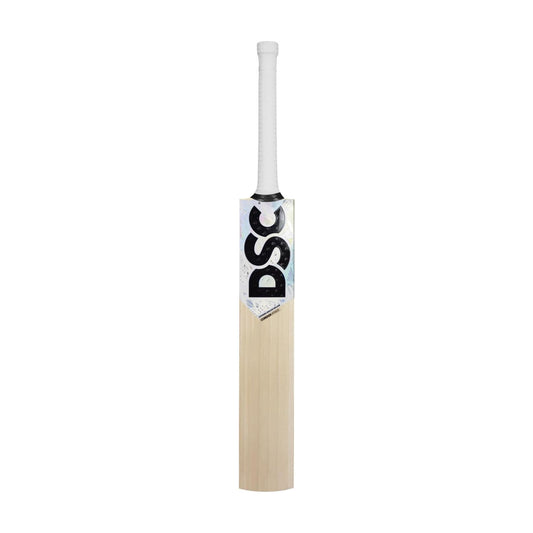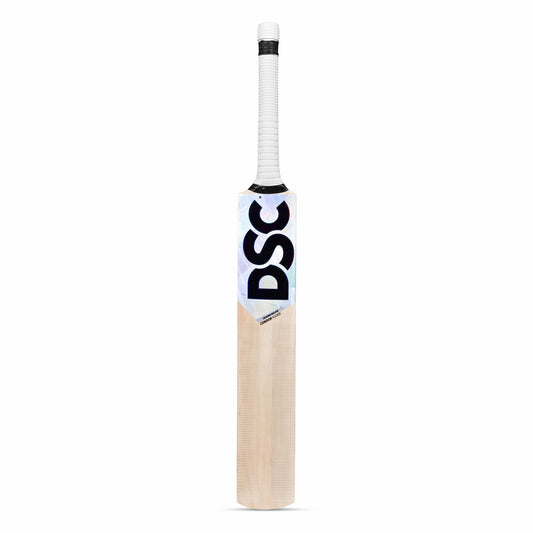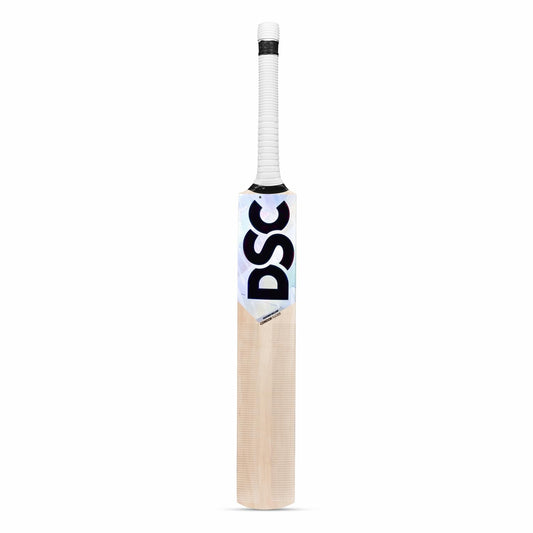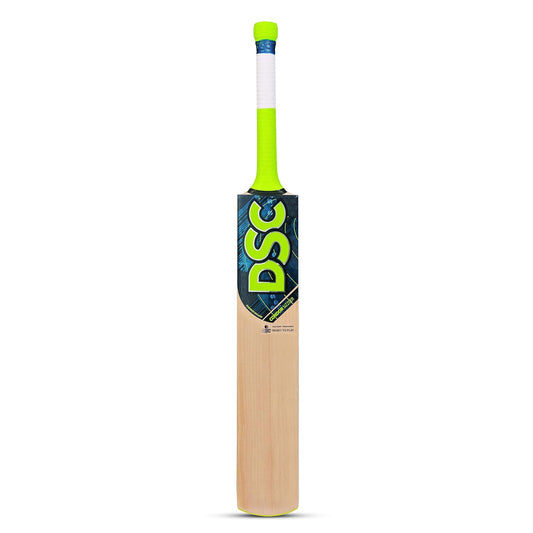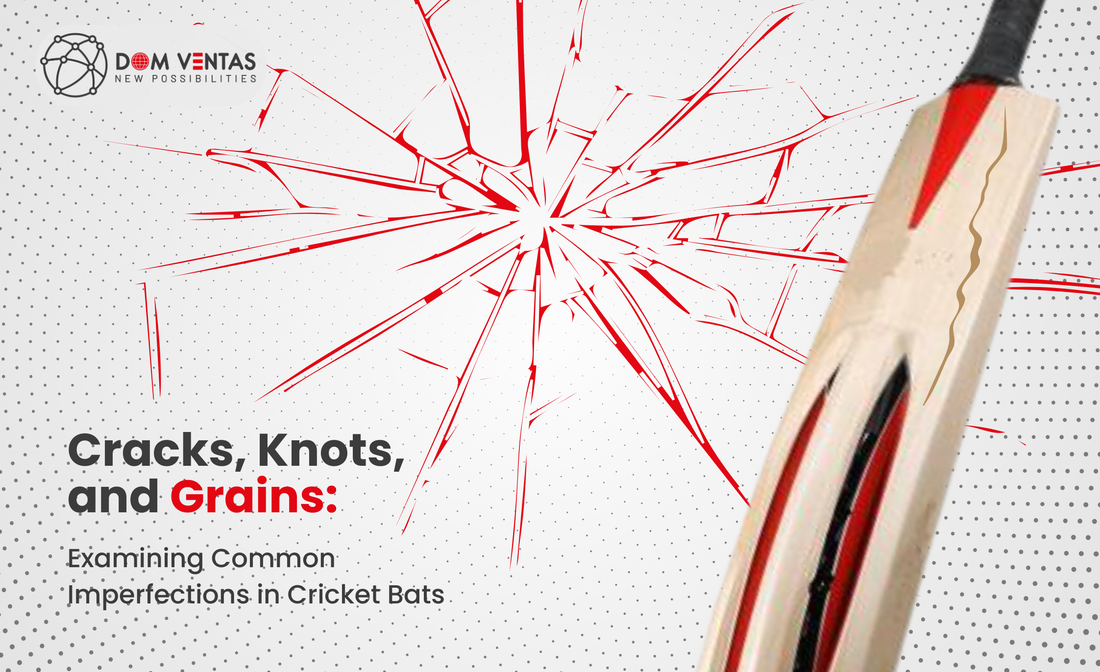
🏏Cracks, Knots, and Grains: Examining Common Imperfections in Cricket bats
If you love cricket, you dream of owning the perfect cricket bat. But have you ever looked closely at a cricket bat and seen small lines, rough spots, or little bumps? These are called imperfections, and today, we will explore three common ones — cracks, knots, and grains — and why they matter for every young cricketer like you!
What Are Imperfections in Cricket bats?
A cricket bat is made from willow wood. Just like your skin can have scars or marks, wood can have its own marks too. These imperfections do not always mean the cricket bat is bad — but they can affect how it plays.
1. Cracks – The Cricket bat’s battle Wounds
Cracks look like tiny lines running across the cricket bat’s surface. They usually form over time when the cricket bat hits a hard ball repeatedly.

Why Do Cracks Appear?
- Not oiling or knocking in your cricket bat properly.
- Using the cricket bat with a hard ball before it is ready.
- Playing in very dry or wet weather.
Should You Worry?
Small surface cracks are normal and do not affect play much. But deep cracks might mean the cricket bat needs fixing or replacing.
👉 Tip: Always use a cricket bat that has been properly prepared and store it in a dry place.
2. Knots – Nature’s Bumps
A knot is a round, darker spot in the wood. It is where a branch once grew from the tree. Sometimes, these knots can make the cricket bat feel heavier or off-balance.

Are Knots Bad?
Not always. A small knot near the edge will not matter much. But a big knot in the middle, near the sweet spot, can weaken your shots.
Fun Fact: Most top-quality cricket bats are made from Grade 1 English Willow, which has the fewest knots and the cleanest grain profile.
[Source: Cricket Willow Varieties Breakdown ]
3. Grains: The Cricket bat’s Fingerprints

Grains are the lines you see on the front of a cricket bat. They show how old the wood is.
- More grains (10-12) = older wood = better performance but less life.
- Fewer grains (5-6) = younger wood = longer life but needs more knocking in.
Most players prefer 6-10 straight grains, which is the sweet spot for both power and durability.
Fun Fact: Cricket bats are usually made from English Willow or Kashmir Willow. English willow is softer and gives better performance, while Kashmir willow is harder and more durable.
🔗 Source: Khelmart Cricket bat Guide
🎯 Final Over: What to Remember

✅ Grains = age and power
✅ Knots = okay if small
✅ Cracks = fixable with care
✅ A good bat = how it feels, not how it looks
So next time you see a mark on your cricket bat, do not panic. It might just have character—just like your favorite player’s cricket bat!


